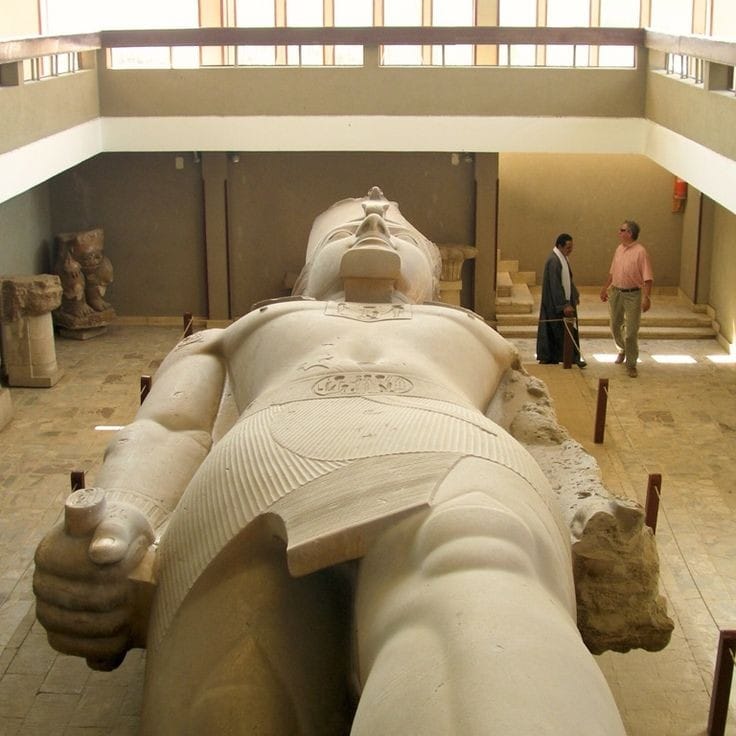Ramses II: The Pharaoh Who Built an Empire and a Legacy

Ramses II, one of ancient Egypt’s most illustrious rulers, reigned from 1279 to 1213 BCE and is celebrated for his extraordinary contributions to military prowess and monumental architecture. The third king of the 19th dynasty, Ramses II’s reign is the second longest in Egyptian history, marked by significant military campaigns against the Hittites and Libyans, as well as expansive building projects that left a lasting mark on the landscape of Egypt.
Born into a family of non-royal origins, Ramses ascended to the throne at a young age, following his father, Seti I, who initiated military actions to reclaim lost territories in Asia. Ramses quickly distinguished himself as a military leader, most notably in the infamous Battle of Kadesh, where despite initial setbacks, he managed to secure a tactical victory that solidified his reputation.
Beyond the battlefield, Ramses was a prolific builder, commissioning grand temples and colossal statues that immortalized his reign. His ambitious construction projects included the magnificent temples at Abu Simbel and the Ramesseum, which showcased both his divine status and architectural ingenuity. The city of Per Ramessu, built as a royal residence, epitomized the blend of beauty and functionality in ancient urban planning.
Ramses’ reign was not just marked by war and construction; he also fostered diplomatic relations, notably marrying the daughter of the Hittite king, which helped establish a peace treaty that ended years of conflict. His rule was characterized by a flourishing economy and cultural renaissance, positioning him as a pivotal figure in ancient history.
Even centuries after his death, Ramses II remains a symbol of strength and grandeur, earning the title “the Great.” His legacy continues to captivate historians and visitors alike, drawing them to the majestic remnants of his time








